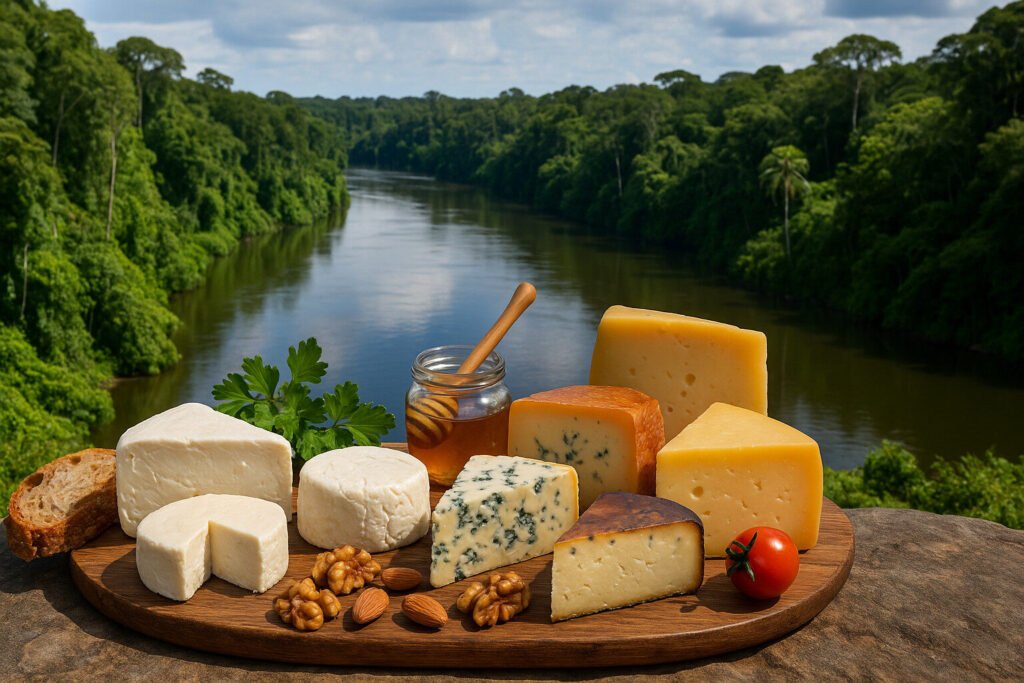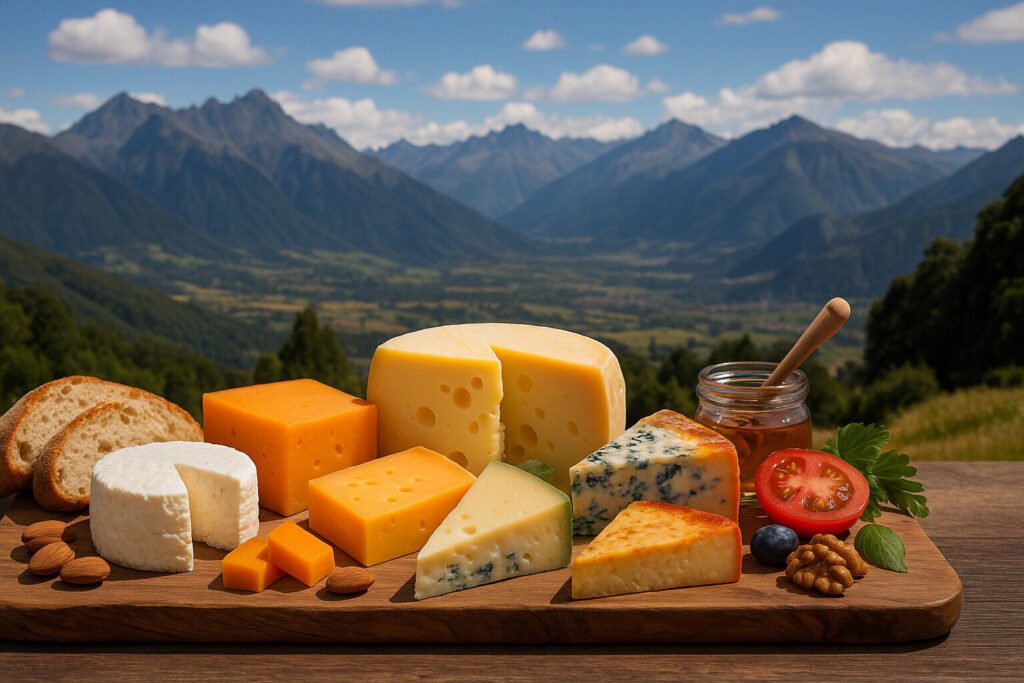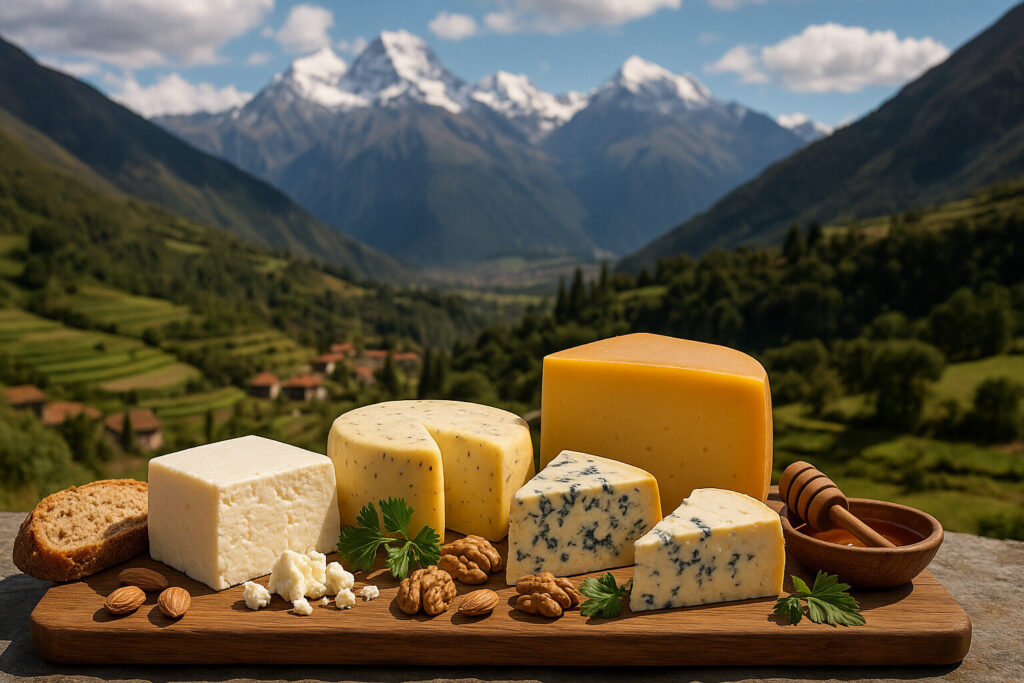Cheese Of Peru
Definition and Scope
Peruvian cheese refers to dairy products originating from Peru’s distinct terroir and culinary traditions. These cheeses incorporate milk from local livestock like cows, sheep, and goats raised in coastal, Andean, and Amazonian regions. The category includes fresh, aged, and blended styles that reflect both indigenous practices and colonial influences.
Key varieties range from fresh options like Queso Fresco to aged types such as Queso Andino. Many Peruvian cheeses utilize specific bacterial cultures and rennet sources adapted to high-altitude production. This scope encompasses artisanal farmstead cheeses alongside larger-scale industrial productions found in modern markets.
Production Methods
Traditional Peruvian cheese-making often begins with raw milk that undergoes gentle heating before coagulation. Artisans frequently use animal rennet combined with native lactic acid bacteria for fermentation. The curds are typically hand-pressed into molds and brined or dry-salted depending on the cheese style.
Aging occurs in cool, humid environments like mountain caves for periods ranging from weeks to several months. Some producers incorporate herbal coatings or smoke from local woods during maturation. Modern facilities implement pasteurization and controlled fermentation while maintaining traditional flavor profiles.
Sensory Profile
Peruvian cheeses generally present mild to moderately sharp flavors with noticeable saltiness. Fresh varieties offer creamy textures and milky acidity, while aged versions develop nutty or tangy notes. Many exhibit slight earthiness derived from their native microbial cultures and aging environments.
The texture spectrum includes soft and spreadable fresh cheeses to semi-firm aged blocks that crumble easily. Some smoked varieties carry subtle woody aromas, and herb-coated cheeses may impart botanical hints. High-altitude cheeses often display denser structures and concentrated flavors due to slower protein breakdown.
Culinary Applications
Fresh Peruvian cheeses like Queso Fresco commonly garnish dishes such as causa limeña or serve as filling for empanadas. Their mild acidity and crumbling quality make them ideal for sprinkling over beans, potatoes, and salads. These cheeses melt moderately well, suitable for sandwiches and baked dishes.
Aged varieties like Queso Paria feature in traditional sauces and stews where they provide depth of flavor. Many Peruvian cheeses pair excellently with native fruits like lucuma and passionfruit. Street food vendors frequently grill semi-firm cheeses as standalone snacks or accompaniments to anticuchos.
Regional Examples
The Andean highlands produce Queso Andino, a semi-soft cheese with small eyes and buttery flavor. Coastal regions yield Queso Fresco often made with cow’s milk and characterized by its bright white appearance. Northern Peru specializes in Queso Paria, an aged cheese with firm texture and sharp finish.
Southern mountainous areas create smoked cheeses using local hardwoods for distinctive aroma. The Amazon basin produces fresh cheeses with higher moisture content suited to tropical climates. Major dairy regions include Cajamarca, Arequipa, and Junín, each developing unique variations based on local traditions.



